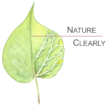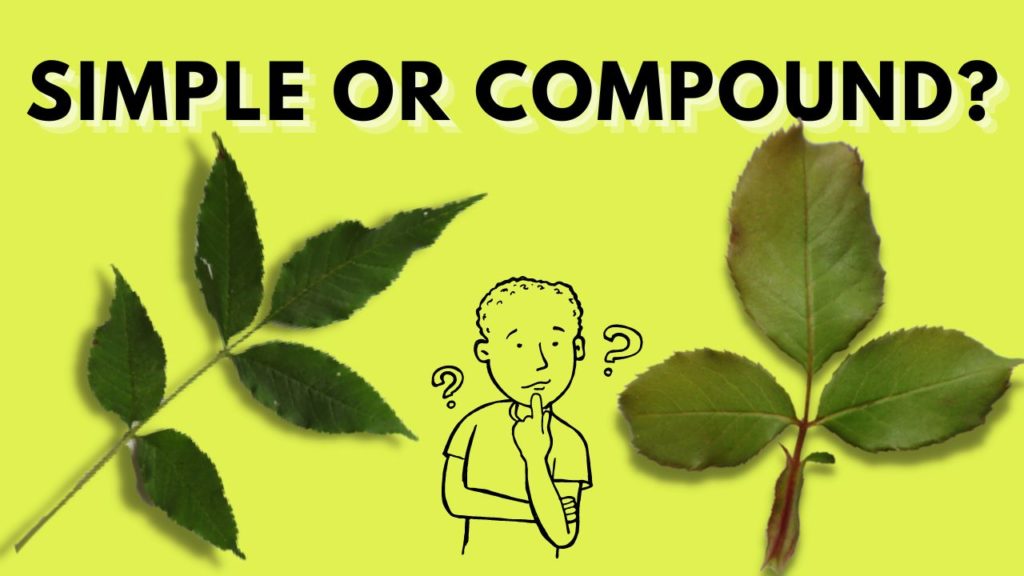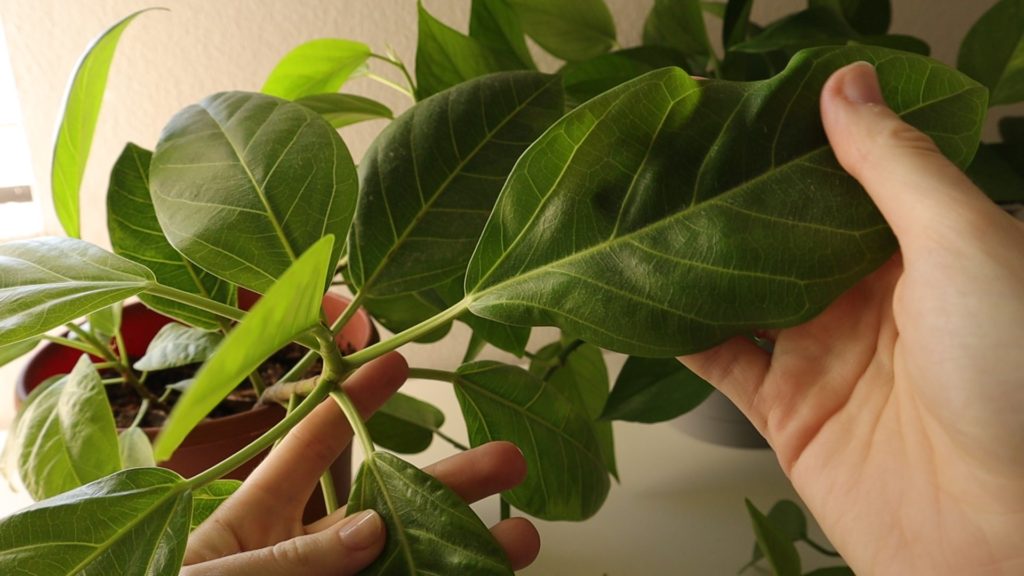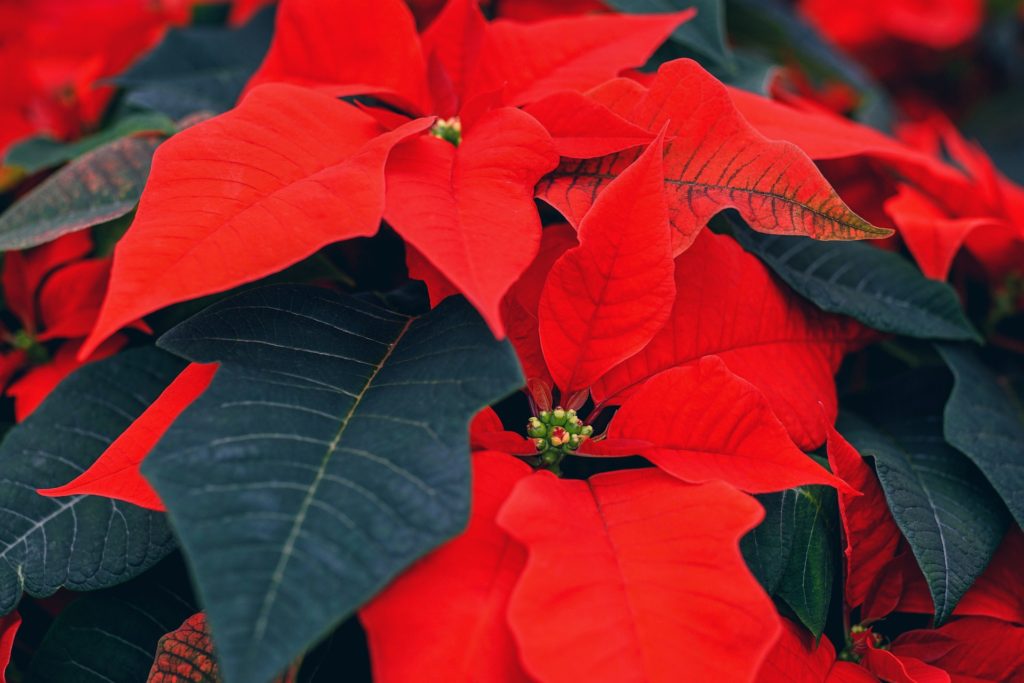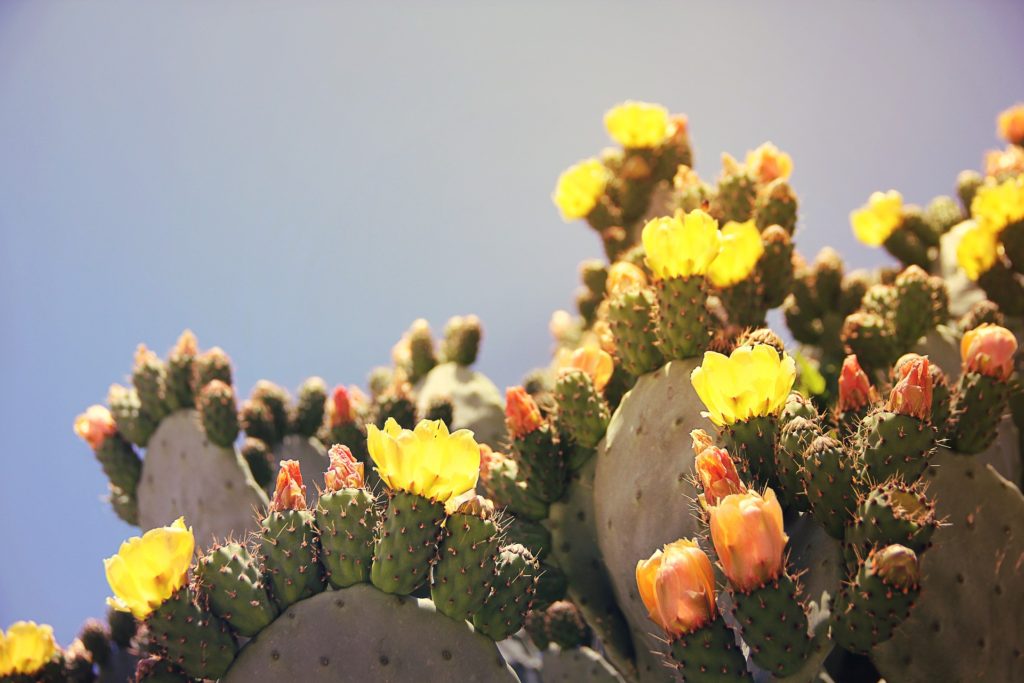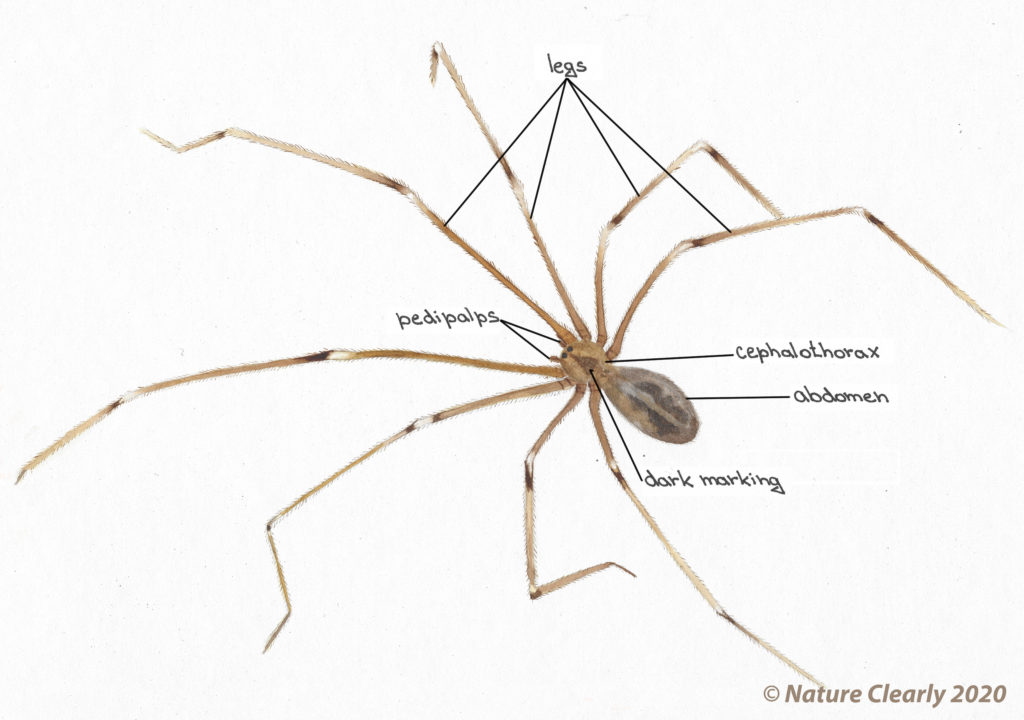How to recognize compound leaves?
Whether you like to observe plants during your outdoor adventures or you have plants at home, you’ve probably noticed how diverse their leaves are. The long, strappy leaves of Dracaena look nothing like the divided leaves of Schefflera, and the large, fern-like leaves of a Jacaranda tree hardly resemble the tiny heart-shaped leaves of Ceropegia (string […]
How to recognize compound leaves? Read More »
